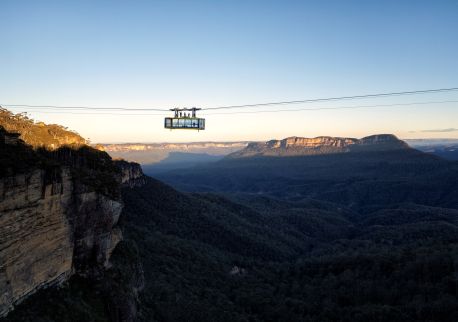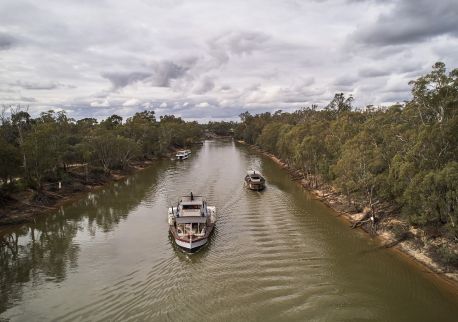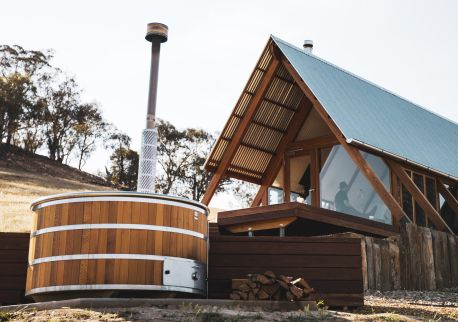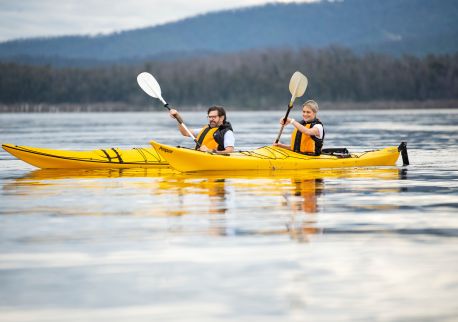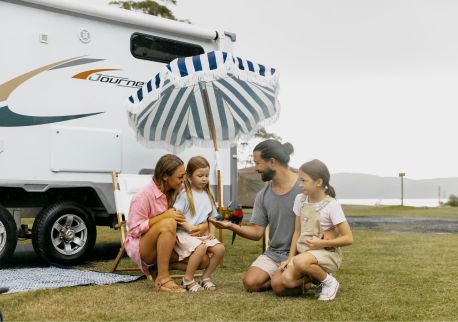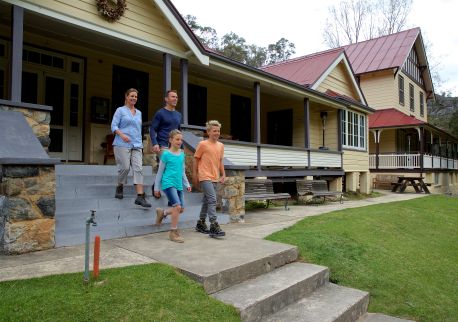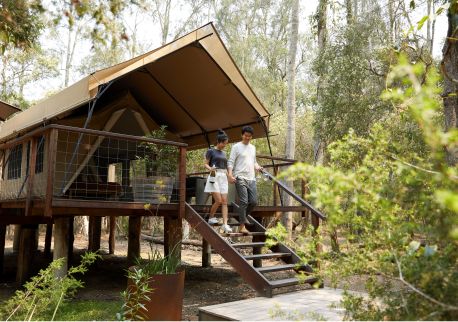Coffs Coast Wildlife Sanctuary
Highlights
Overview
Coffs Coast Wildlife Sanctuary in Coffs Harbour, NSW, is dedicated to conservation education and the long-term care of native marine wildlife.
Since 1970, it has provided a safe haven for animals like dolphins, sea lions, penguins, and turtles.
Through interactive programs and immersive experiences, the sanctuary educates visitors on the importance of protecting Australia's unique ecosystems. Home to over 40 animals, many of which cannot return to the wild, it promotes awareness, research, and responsible stewardship of the natural world.
The sanctuary plays a crucial role in inspiring conservation action across the Coffs Coast and beyond.

